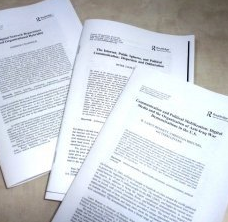1. Introduction
In the fast-growing Internet of Things (IoT), applications from personal devices to industrial instruments and sensors connect wirelessly to the Internet. Considering that a broad diversity of use cases in different environments with specific requirements can be developed, it is clear that no single wireless standard can abundantly predominate. With many standards available on the market, spread over various frequency bands and employing diverse communication protocols, the choice of the best wireless connectivity technology for an IoT application can be quite challenging. The first issues to be evaluated are the frequency bands and global regulations. In fact, in most regions, the available spectrum assignment is subdued to a licensing scheme, which implies that users have to obtain a license from the local regulator to transmit signals in a selected frequency channel. On the contrary, several frequency bands have been designated for Industrial, Scientific, and Medical (ISM) applications. These bands are unlicensed and differ slightly from country to country. In recent years, the popular ISM bands have involved 433 MHz, 868 MHz, 915 MHz, 2.4 GHz, and 5 GHz. Nevertheless, as a standard rule, it is well-known that higher-frequency bands offer a broader bandwidth and hence make broader bandwidth and more channels available. As a consequence, they can serve more extended networks and handle a higher data throughput. Contrariwise, lower-frequency radio waves propagate better than higher-frequency ones and can thus achieve a longer range, especially inside buildings.








